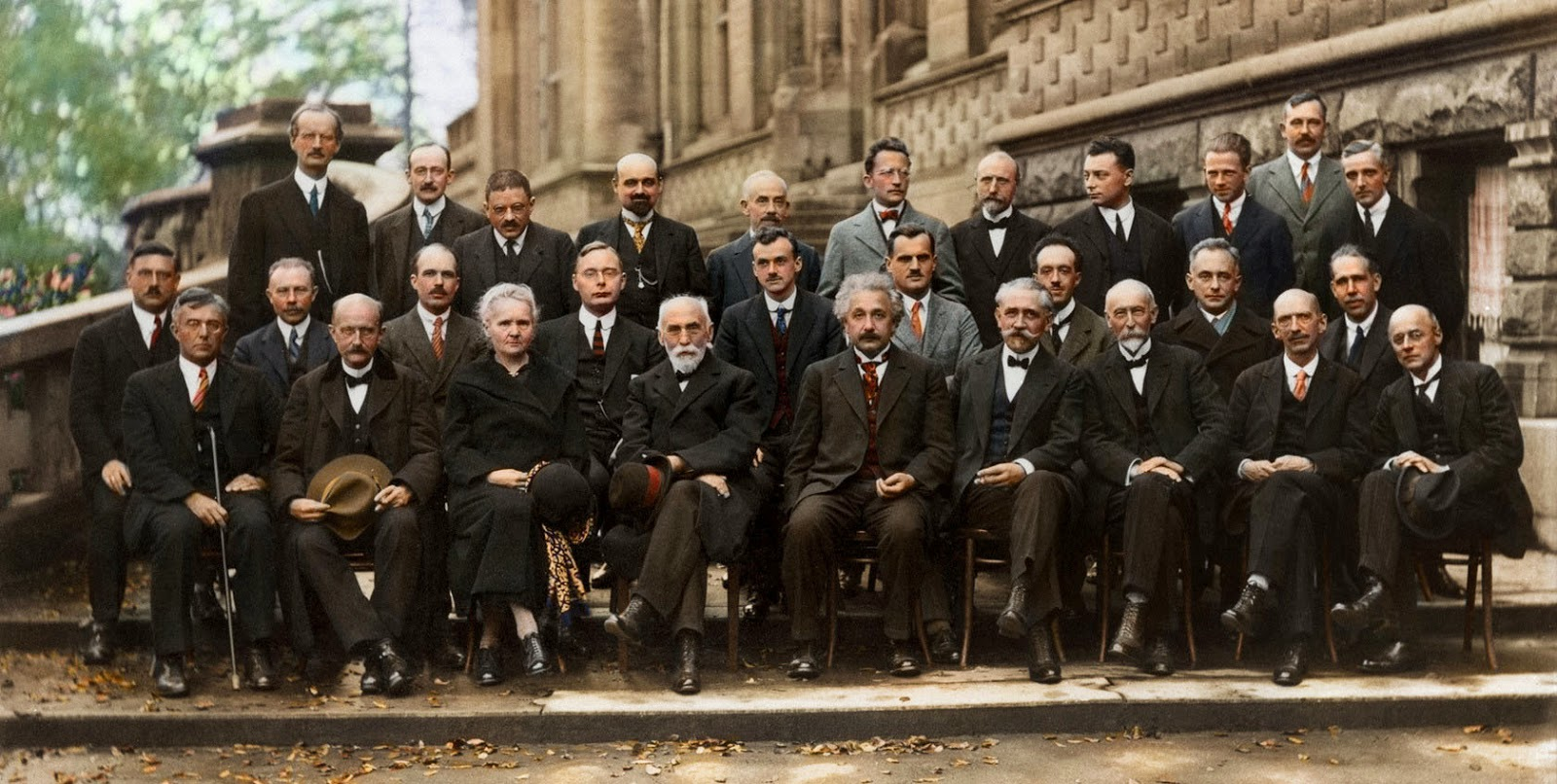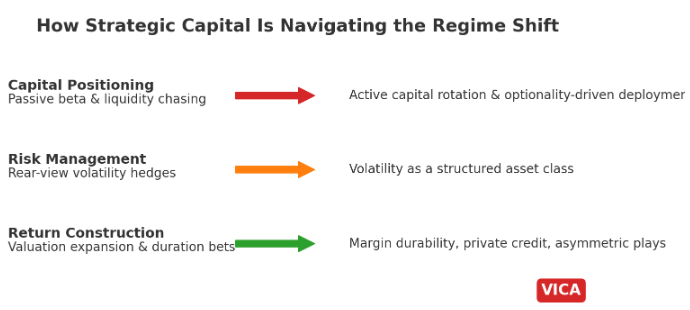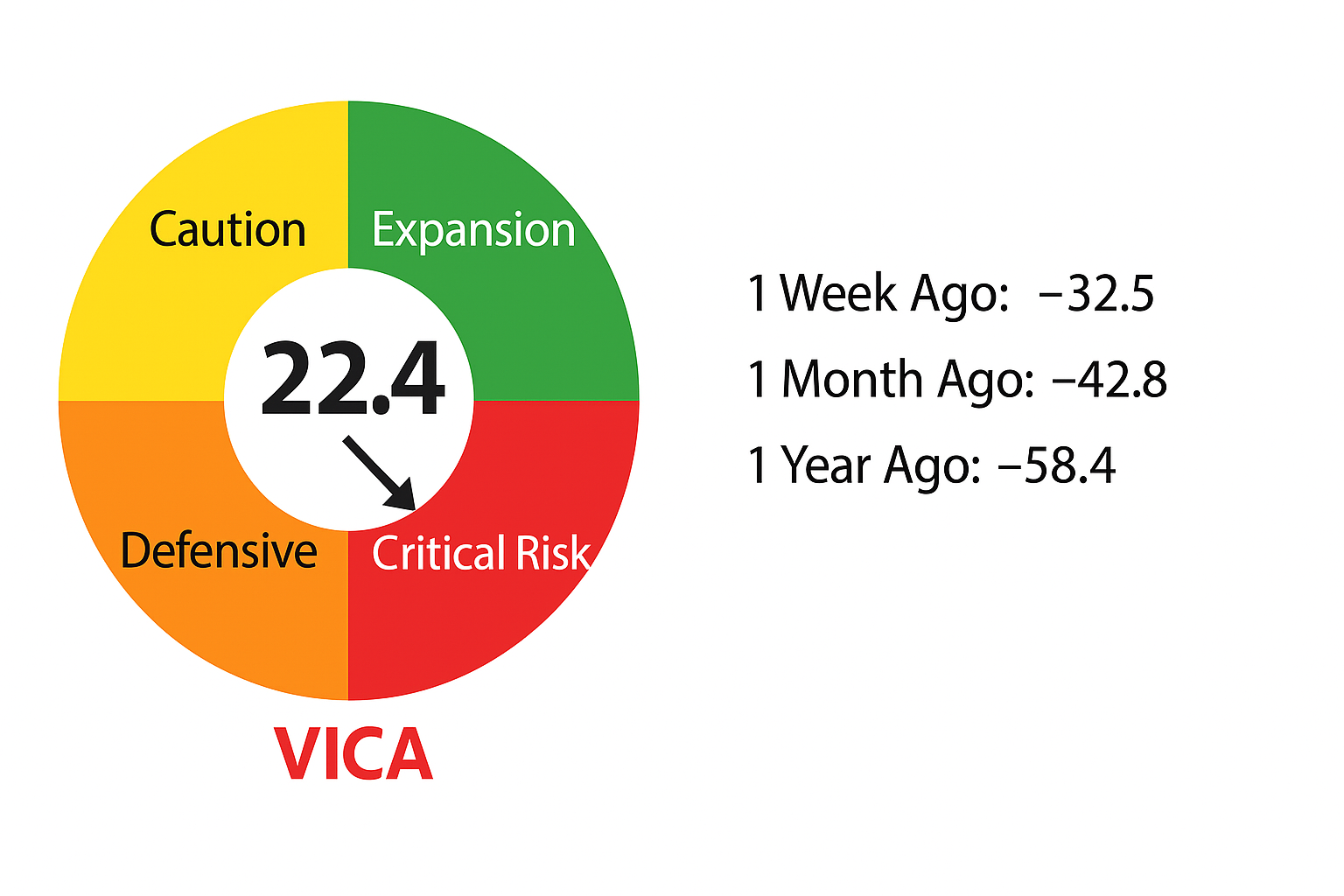Vica Partners Patent and IP article
In the ever-evolving landscape of intellectual property (IP) and patents, the world of physics stands as a rich source of metaphors and valuable lessons. While the contributions of physicists may not seem directly connected to human behavior, this article explores the indirect parallels that inspire innovations, navigate challenges, foster collaboration, encourage critical thinking, and address the delicate balance between determinism and probabilistic thinking in the dynamic realm of IP and patents.
Innovation and Exploration: Pioneering physicists like Auguste Piccard and Emile Henriot, known for designing ships and advancing technologies to explore uncharted territories, provide a compelling analogy for innovators in the IP field. Much like these scientific trailblazers who pushed the boundaries of exploration, inventors and creators in the business world are propelled by human curiosity and the desire to explore new possibilities. The spirit of innovation, akin to the quest for uncharted territories, serves as a driving force behind the creation of cutting-edge products and ideas.
Challenges and Paradigm Shifts: The challenges and contradictions confronted by physicists, exemplified by Paul Ehrenfest’s observations leading to the development of General Relativity, closely mirror the hurdles encountered by individuals and societies in the realm of intellectual property. Innovators often face legal, technological, and market challenges that demand adaptation and evolution. Paradigm shifts in intellectual property laws, market trends, and consumer behavior necessitate a dynamic approach to patents and innovation.
Collaboration and Conferences: Active participation in conferences, such as the Solvay conferences in physics, highlights the pivotal role of collaboration and knowledge-sharing in the intellectual property domain. Collaboration between inventors, legal experts, and industry stakeholders is indispensable. Conferences provide opportunities for sharing experiences, fostering interdisciplinary approaches, and staying abreast of the latest developments. The collaborative spirit inherent in scientific conferences finds an echo in the business world, emphasizing the importance of collaborative efforts in the creation, protection, and utilization of intellectual property.
Critical Thinking and Bold Ideas: The sharp wit and bold ideas of physicists like Wolfgang Pauli and Paul Dirac serve as a beacon for the intellectual property community, emphasizing the paramount importance of critical thinking. Much like these scientific luminaries who challenged conventional wisdom, inventors and entrepreneurs must critically evaluate existing solutions and propose bold ideas. Critical thinking becomes especially vital in the patent application process, guiding innovators through legal requirements, prior art considerations, and potential infringement challenges.
Determinism vs. Probabilistic Thinking: Max Born’s probabilistic interpretation of quantum mechanics, disrupting determinism in physics, loosely connects to the unpredictability and probabilistic nature of human behavior in the business world. While legal frameworks provide a deterministic structure to intellectual property rights, the market, consumer preferences, and technological advancements introduce an element of unpredictability. Innovators and IP professionals must embrace flexibility and adaptability in their strategies to navigate the dynamic and evolving landscape of intellectual property.
While the principles of physics may initially appear distant from the intricate workings of intellectual property and patents, the metaphorical connections drawn from the world of physics offer invaluable lessons. Innovators, legal experts, and stakeholders in the field of intellectual property can find inspiration in the spirit of innovation, the ability to adapt to challenges, the importance of collaboration, the power of critical thinking, and the acknowledgment of the probabilistic nature of the business landscape. As the world continues to evolve, the intersection of physics and intellectual property serves as a poignant reminder that lessons from one field can provide innovative solutions in another.



